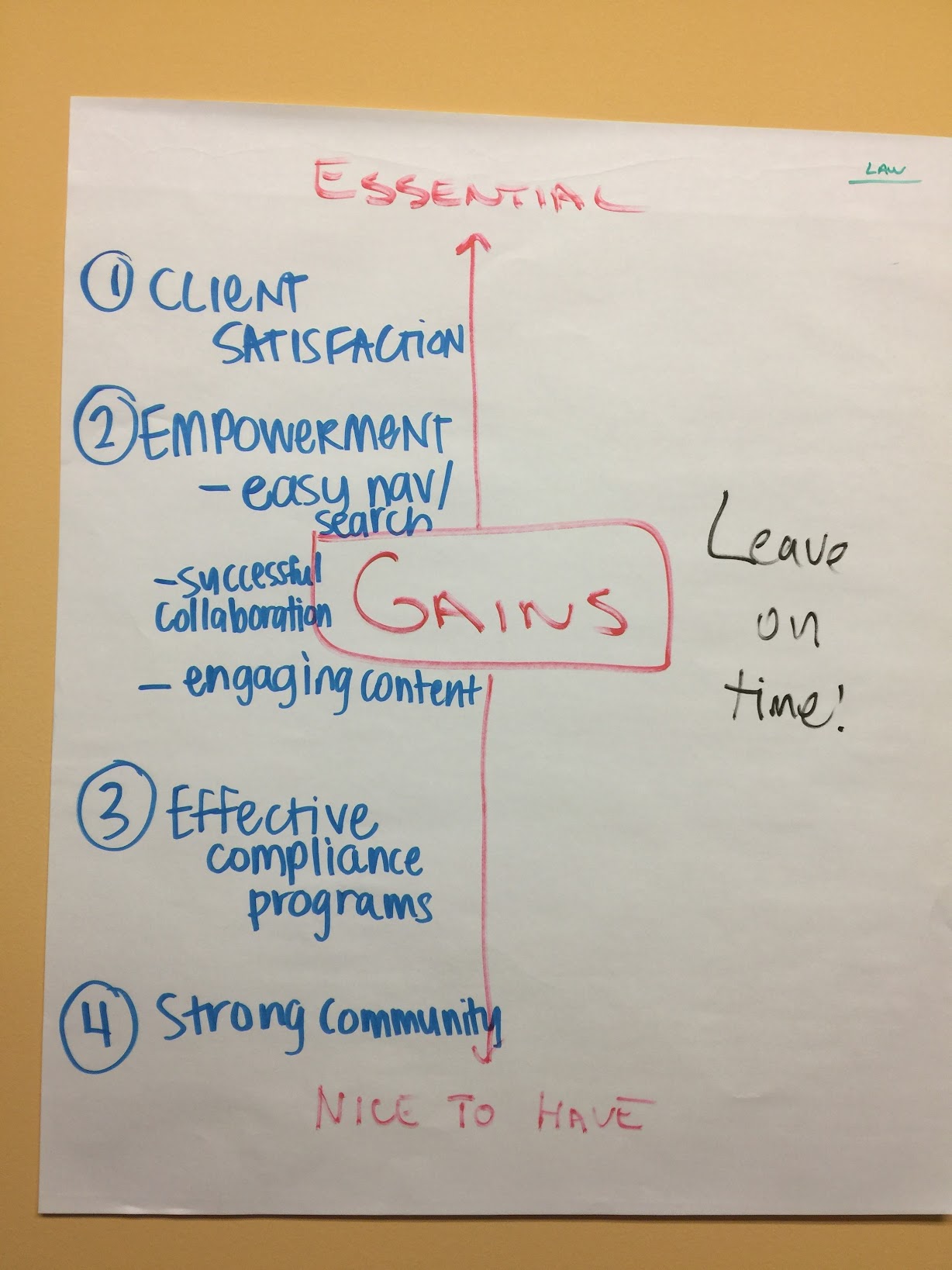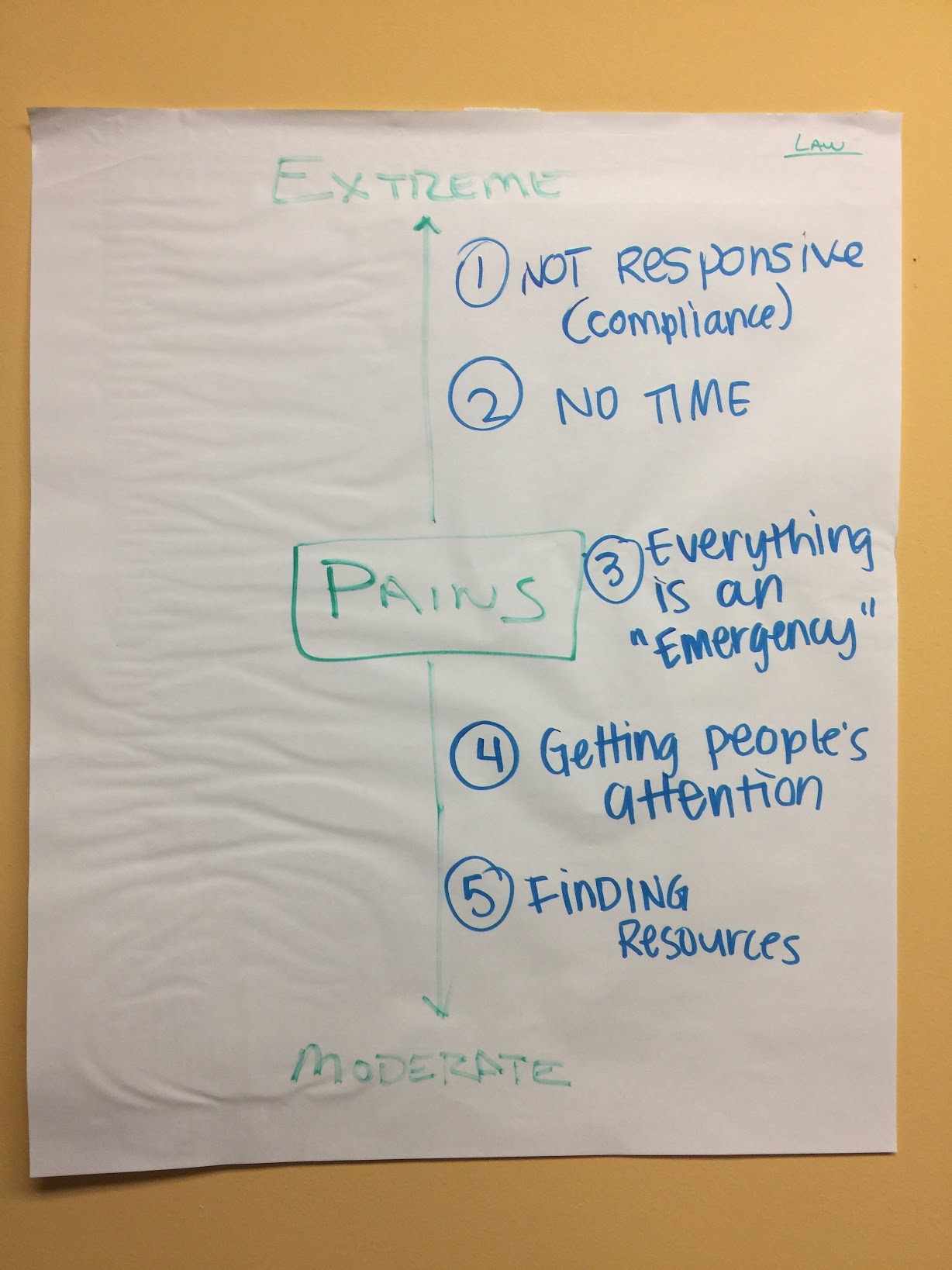Designing Clarity: Intranet Research at Maritz
My first UX research project—and the foundation for an enterprise-wide redesign.
The Challenge
Maritz’s corporate intranet had become a known frustration point across the organization. It was outdated, fragmented, and largely ineffective. Employees across divisions were frustrated by:
- Inconsistent navigation and search
- Duplicated or outdated content
- A lack of relevance to their daily work
Leadership knew the intranet needed a redesign—but had no clear understanding of what employees actually needed. I was asked to “help with design,” but quickly realized that without foundational research, any solution would be guesswork.
My Role & Constraints
At the time, I was a User Experience Architect working for one of Maritz’s subsidiaries—not corporate. Despite being external to the team driving the initiative, I stepped up to lead the entire research effort.
There was no budget. No team. No formal project plan. I had to build it from scratch—advocating for the value of research, earning trust from corporate HR, and recruiting a volunteer team of 12 employees who I trained in user interview techniques.
The Process
Dual-Pronged Research Strategy
To get a balanced view of both day-to-day needs and executive expectations, I structured the work around two parallel efforts:
1. Employee Interviews (Jobs to Be Done)
I wrote a full simple research plan based on the Jobs to Be Done framework. With my volunteer team, we conducted ~12 in-depth, face-to-face interviews exploring:
- What tools employees used to get work done
- How they stayed informed and connected
- What they needed but weren’t getting from current systems
2. Value Prop Workshops with Leadership
I facilitated Value Proposition Design workshops with leaders from HR, Legal, and other corporate divisions. These sessions surfaced assumptions about:
- What the intranet should do
- What employee challenges they were aware of
- What success might look like from a leadership perspective
We captured insights with affinity maps and a shared workshop deck.
Synthesis & Sensemaking
To synthesize the research:
- We used a rainbow spreadsheet for interview findings
- We affinity-mapped workshop output
- I created mirrored Mental Model Maps —one for employee needs and one for leadership assumptions
We turned a large meeting room into a “war room” covered in sticky notes, insight groupings, and mental model diagrams.
Outcomes
While I left Maritz before the project moved into implementation, the research phase delivered:
- Validated mental models and actionable personas
- Executive alignment around employee needs
- A shift in focus from “what should it look like?” to “what problems are we solving?”
HR leadership recognized the success of the project. Volunteer researchers gained valuable skills. And the effort set a new standard for how design research could be embedded in organizational decision-making.
Reflection
This was my first UX research project,and I kicked so much ass on it. I created the structure, trained a team, facilitated leadership workshops, and brought clarity where there had been confusion.
If I did it again today, I’d:
- Document the crap out of everything
- Push harder for downstream deliverables (like service maps, personas, and journeys)
- Build a formal handoff plan for post-research continuity
Still, for a grassroots effort with no budget or authority, I helped an enterprise see its people more clearly—and that’s the kind of work I love doing.
Interested in this kind of clarity?
Let’s talk about how structured, human-centered research can untangle messy problems.
Get in touch


